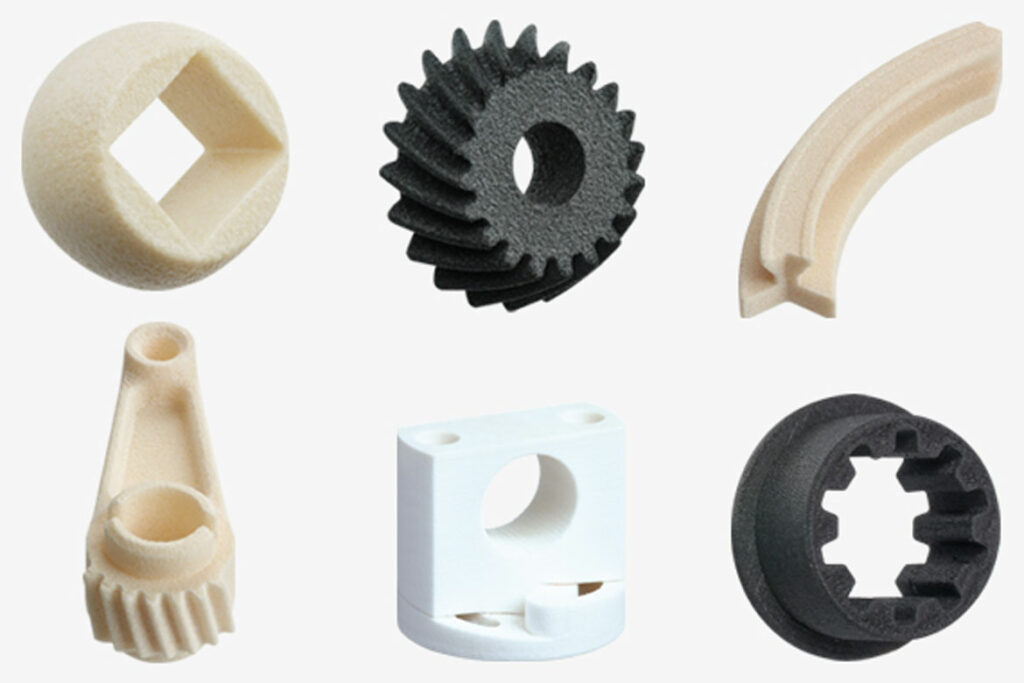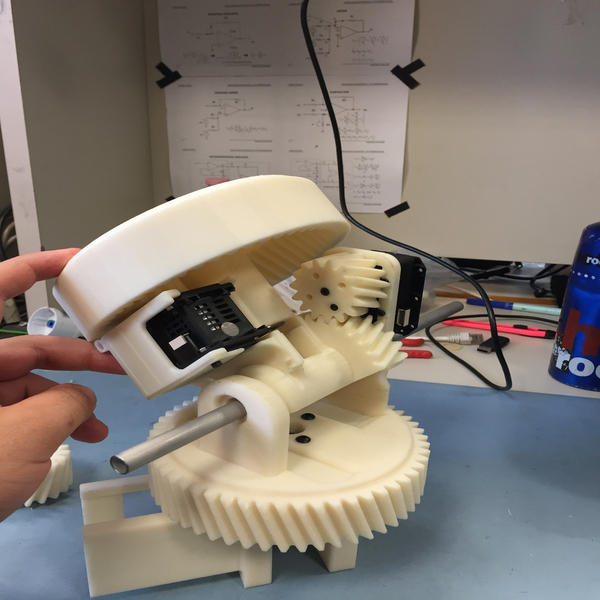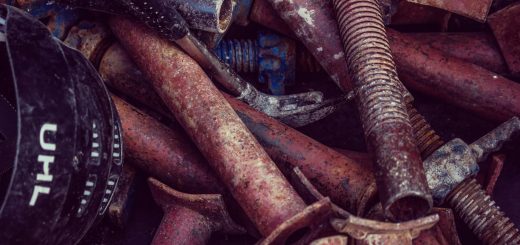10 benefits of 3D printing with plastic
The best decision: igus® 3D print

3D printing with plastic has exploded onto the market place over the last couple so quickly and for good reason. The benefits and advantages are vast when it comes to this type of manufacturing. One of the main preconceptions of 3D printing with plastic is a view that this method of production is luxurious and surplus to requirements, certainly from the high-quantity, production-based perspectives of some large manufacturers. However this method of production is the complete opposite. The freedom that this method gives is far greater than any other method. The obvious cost savings are also a huge benefit.
Still, despite the obvious positives for this method, people still lean towards tradition and conventional methods of producing components, especially in large quantities. There are, however, some issues that arise from moulding and machining parts, which springs the 3D printing into the spotlight. Many of the issues include: inevitable material waste, excessive costs from designing and sourcing tooling, poor and inconsistent quality from part to part and of course dirty and inefficient environments circulating the machining industry.
10 benefits of 3d printing with plastic
In light of these issues, there are some great rewards to be reaped in the long term from this seemingly modern method of manufacturing parts via 3D printing.
- Save costs by 3D printing with plastic: tooling costs are removed, and prototypes can be made before sending designs to mass production.
- Implementation of assorted raw materials: diverse properties can be achieved, including FDA-compliance and high and low temperature resistance.
- 3D printed parts last: as per the above, thanks to their variability in materials and additives, 3D printed parts can last for a long time doing the same job – be it as a printed worm gear, sleeve bearing, end effector or anything else you require.
- 3D printer variety: SLS and FDM printers are used at igus®, this maintains flexibility and freedom of choice when selecting the right part and material for your application.
- Reduce waste: the exact part is printed, without needing to cut off or remove excess pieces
- Reduced turnaround times (TAT): short printing times, from 30 minutes.
- Bespoke parts for your application: high accuracy ensures exact parts are printed from the chosen 3D image.
- Save weight by 3D printing with plastic: 3D print materials are accurately engineered, and high-class printing ensures weights are kept low for most efficient use.
- Tested, secure materials: igus® materials are tested over 100 trillion times per year to ensure predictability and quality.
- High precision: without needing complex tooling, you can produce the exact part you require.

3D printing with plastic may not appear to be the best option for you, but whether you are the owner of a small or large business it could prove financially and productively beneficial to adopt 3D printing for your prototypes and even some of your most specialist parts. It also, as previously mentioned gives you a greeter degree of freedom. Gone are the roadblocks when using traditional manufacturing. Gone is the requirement for second operations for machining production moulded parts. Gone is the extremely long lead times. And gone are some of the design restrictions that you face with conventional methods like CNC machining and moulding.
We have a large range of 3D printing blogs which cover food approved 3D printing materials, look at how the production of dears is now easier than ever and how at igus® we can now produce parts up to 3M long in our 3D printing facility. Read all of these blogs here.
Alternatively, please visit the website to find out more about igus® 3D Print or contact our Product Manager Dean Aylott: daylott@igus.co.uk for any 3D Print enquiries.



